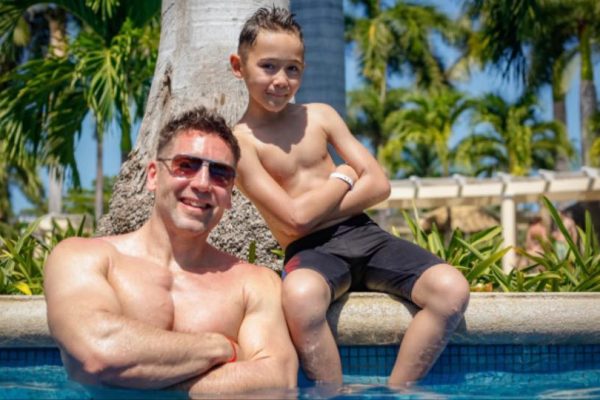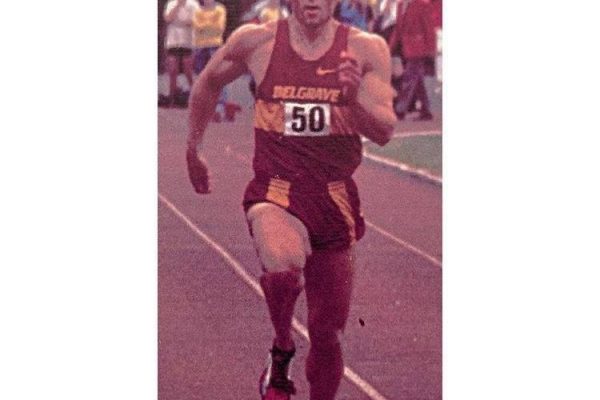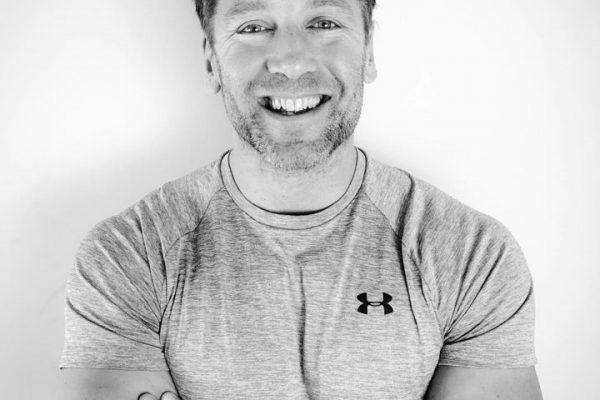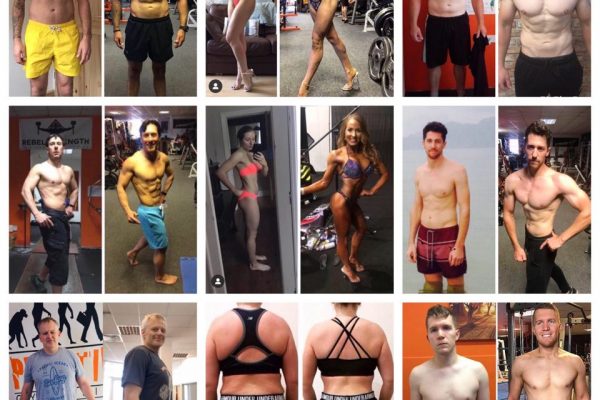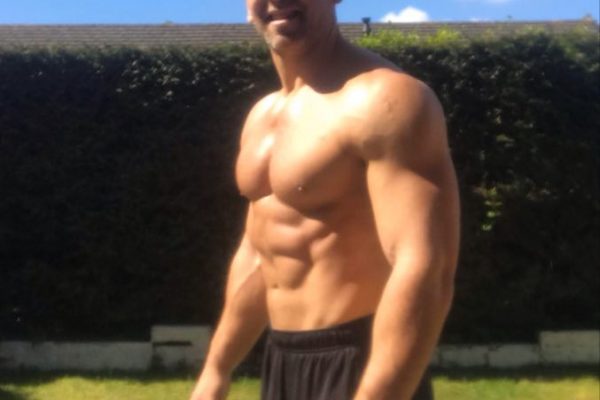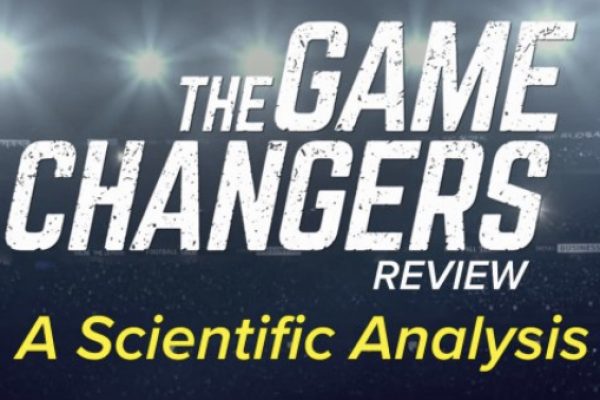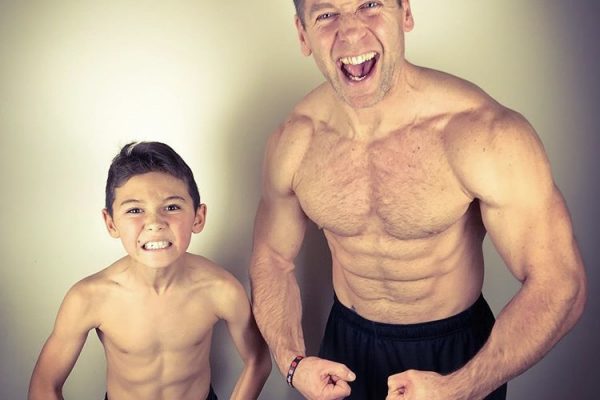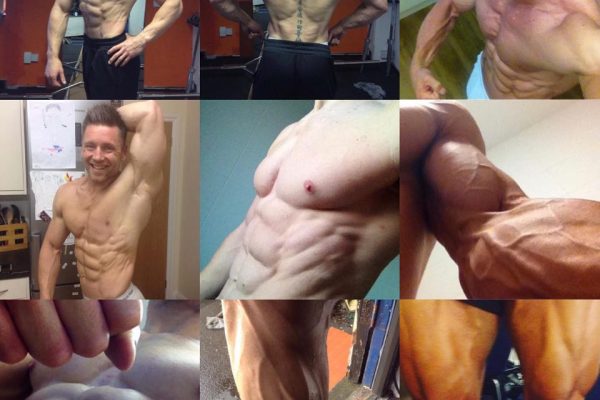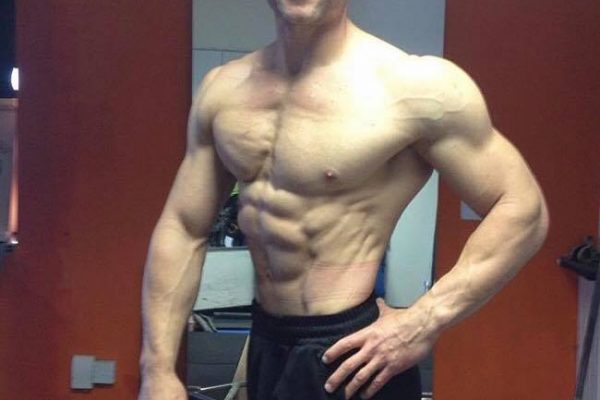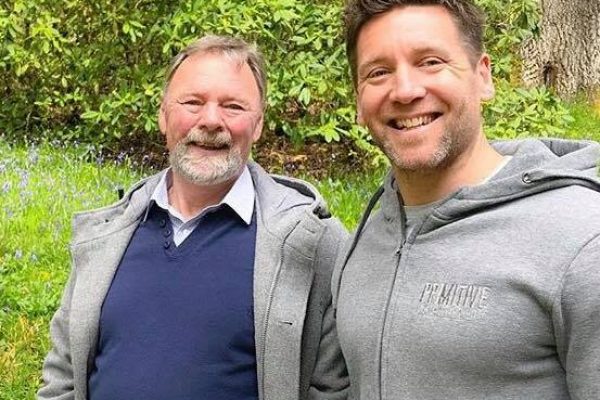Speed Training in Team Sports:
Great roundtable zoom event from the UKSCA recently on speed training in team sports. The simple take home message was that sprinting only done during sport is not enough, capacity to sprint must be increased! However, this needs to be specific to both the individual and the sport. For example, coaching everyone to run fast in one direction like elite sprinters won’t necessarily transfer across to improve performance in team sports.
Elite sprinters are solely sprinters, meaning they don’t do anything else. Team sport athletes only have a limited amount of time to devote to this so they need bang for their buck traits and similarities that can be applied well. This should start with fundamental movement skills: Can they control their body’s architecture to achieve max speed sprinting, acceleration, deceleration, jumping, landing and changes of direction? These are the key areas to concentrate on improving as without them the athlete will not reach their full potential.
Time can be spent modifying technique, but only if this serves a functional purpose such as improved efficiency, speed performance or injury prevention. Sprint drills can be useful for improving individual motor patterns. They can provide a technical feel, enhance specific strength adaptations and reactive qualities whilst also delivering a cognitive element by developing coordination tendencies and movement pattern variability. However, if the individual has good movement skills and is already in control of their position, power and pattern their time could be better spent on other areas.
All this should be underpinned with strength, speed and power training in the gym. Strength is the body’s ability to generate force, speed is the rate at which someone move’s and power is the product of strength and speed. Strength training increases an athlete’s base strength whilst also making their body’s more robust and prepared for more intense, explosive training later in their training cycle. Training age is an important consideration here: A beginner will require a longer initial strength phase to develop that base strength, muscle and connective tissue tolerance. Advanced athletes with a higher training age will make quicker progress and be able to focus on more sports specific transfer exercises.
Take the time to get to know the individuals, establish good lines of communication with an open and honest relationship and assess them to help you understand what they need to improve their speed and performance.

